Mulch AlternativesIt is a layer of material that is put to the surface of the soil. Several causes are the earth's health, conservation of soil moisture, curbing weed growth, and boosting the area's visual appeal. A mulch is a relatively organic matter. Mulches include moss lawns and other ground covers. ApplicationApplication of the soil includes suppressing weed growth, soil moisture, regulating soil temperature, and aesthetics. They are also used for preventing soil erosion on slopes, production for flowers and vegetable crops, flower beds, trees, and paths. Mulch creates a layer between the atmosphere and the soil, reducing evaporation. Alternatives of Mulch1. Compost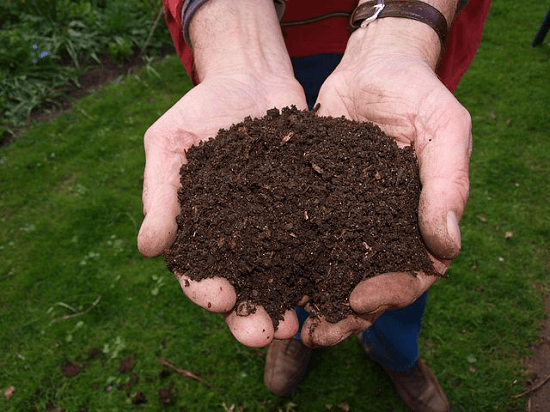
Compost helps to improve soil fertility in urban agriculture, organic farming, horticulture, landscaping, gardens, and organic farming. It is a mixture of ingredients used to improve the soil's biological, physical, and chemical properties and as plant fertilizer. The common method for compost preparation is recycling organic materials, manure, and decomposing plant. It reduces dependence on chemical fertilizers. The advantages of compost are: that it acts as a soil conditioner and fertilizer, enhancing the humus content and reducing soil-borne diseases. 2. Rubber Mulch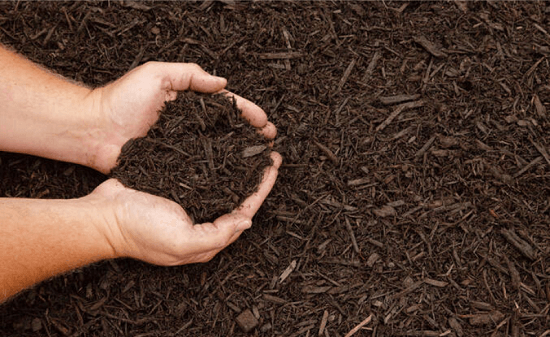
It is a type of mulch that is used in landscaping and gardens and constructed from recycled rubber. Advantages of the Rubber Mulch
Disadvantages
3. Straw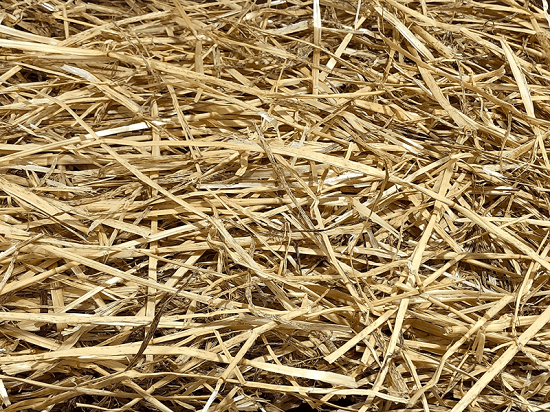
It is an agricultural by-product that includes stalks of cereals when the grain and chaff are removed. Normally, it is gathered and stored in a straw bale. Some uses include basket making, fuel, fodder thatching, livestock bedding, and fuel. Present and historic uses of straw are
It may be used as part of the roughage component of the diet for cattle and horses to maintain the minimum energy requirement.
Hay, straw, or briquettes are increasingly being used as bio-fuel substitutes. Straw is a carbon-neutral energy source, and its uses are increasing rapidly. It is especially being used for bio-butanol.
Straw is used on a massive scale for biomass power plants. Straw is directly used in the form of bales or is densified into pellets that allow smooth movement over long distances.
4. Wood Chips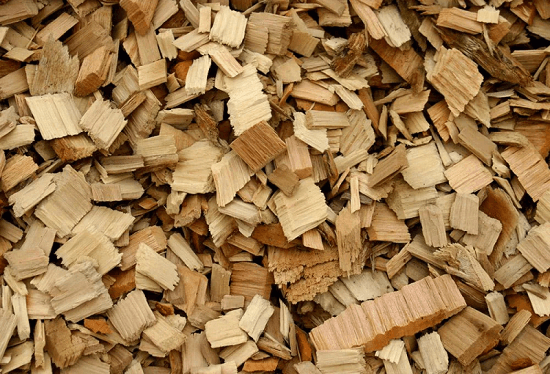
It is formed by chipping or cutting larger pieces of wood, such as wood wastes, stumps, logging residues, trees, branches, and residues. Application of wood chips is biomass solid fuel, landscaping, denitrification, mushroom cultivation, ecosystem restoration, gardening, and landscaping. The process involved in the production of woodchips is called wood chipping, and it is performed with the help of a woodchipper. Some of the varieties of wood chips include sawing residue chips, short rotation forestry chips, wood residue chips, and forest chips. 5. Raw MaterialsThe possible raw materials involved are residual wood, pulpwood, and waste wood, which can be obtained from sawmills, logging, agriculture, and landscaping. Woodchips can also be generated from remains of forestry material that includes undersized trees, branches, unsaleable materials, and tree crowns. Different types of wood chippers
Uses of Woodchips
New biotechnology is emerging to treat agricultural wastewater by removing nitrates.
Woodchip is a traditional method used as a solid fuel for space heating and in energy plants to produce electric power from renewable sources.
It is applied to infuse flavor and increase the smoky taste of barbecued vegetables and meats. For fruity flavor, mild and sweet apple wood can be applied, while hickory produces bacon and a smoky flavor. Cherry, pecan, and mesquite are other different types of wood. 6. Bark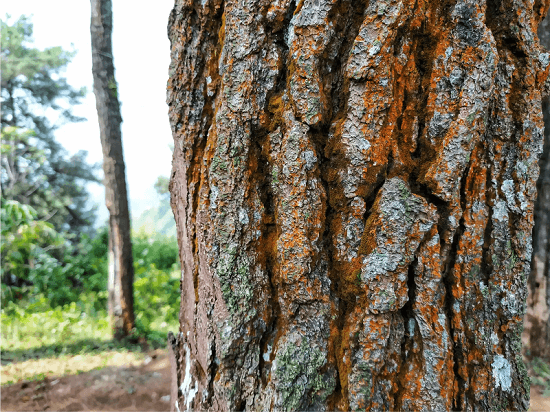
It is the exposed part of the plant, and it commonly includes the stems and roots of the plants. The bark plant includes shrubs, woody, vines, and woody. More scientifically, it is referred to as all the tissues outside the vascular cambium, and bark is a non-technical word. It constitutes inner bark and outer bark. The inner consists of living tissues that include the innermost layer of the periderm. It is present in the older stems of the plant. The outer bark on the older stems consists of parts of the outermost periderm, tissues on the outer side of the periderm, and dead tissue on the surface of the stems. End products from the bark include cork, tanbark, spices and other flavorings, medicines, hallucinogenic chemicals, resin, latex, tanbark for tannin, and poisons. It has also been used in making cloth, ropes, and canoes, and its application has also been witnessed in the preparation of maps and paint making. Decortication is the process of removal of bark, and the trunk or log from which the bark has been removed is referred to as decorticated. Bark can sustain effects from environmental factors like sun scald and frost crack and can survive biological factors like boring beetle attacks and woodpeckers. The male members of the Cervidae and male deer do extensive damage to the bark of a tree. Numerous living organisms survive on the bark of trees, including mosses, fungi, insects, vascular plants, and algae. Damages to the bark have a detrimental effect on the plant. The bark is a wall to disease pressure, especially from fungi, and its removal makes it more vulnerable to diseases. Destruction of the phloem affects the photosynthetic process of the plant. 7. Sawdust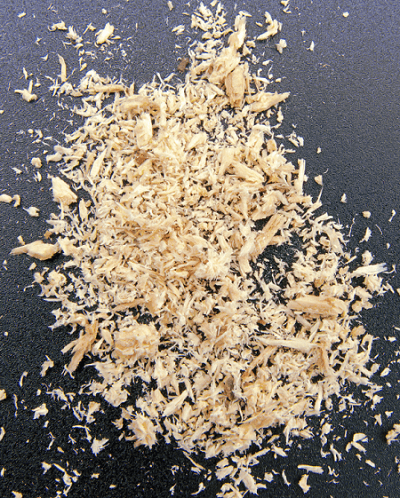
Sometimes, it is referred to as wood dust. It is a waste product or by-product of woodworking operations such as routing, sawing, planning, sanding, and milling. It is also a by-product of some animals like insects and birds, such as carpenter ants, woodpeckers, and certain animals. A major use of sawdust is for particleboard, and the application of the coarse sawdust may be wood pulp. It may serve the purpose of an alternative to clay litter or may as fuel. It has also been applied in artistic displays, miniature roads, and other models. It has also been used in the manufacturing of charcoal briquettes. Henry Ford is claimed for the invention of the first commercial charcoal briquettes. Those items indigestible to humans, like fiber starch, cellulose, and low-calorie foods, are prepared from sawdust and other plant sources. Sawdust accumulations and airborne sawdust also throw several health and safety hazards. Allergic respiratory symptoms, mucosal and non-allergic respiratory symptoms and cancer can be caused due to breathing airborne wood dust. 8. Pine Needles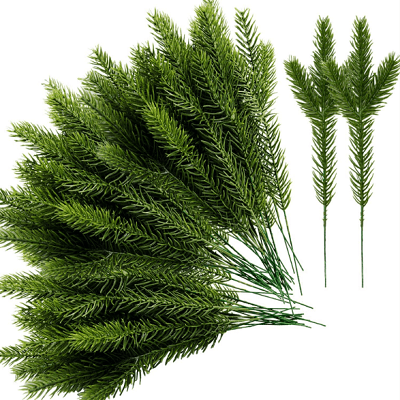
Pine needles have a biting resinous, and strong pine scent. It ranges in size from 3 to 5 inches and is a deep forest green color. The thin, long needles vary slightly from variety to variety, depending on the area in which they are being cultivated. Pine needles can be located on evergreen trees across the globe and can be seen in 114 species in the Pinus genus. Common pines are mainly from two subgenera of the Pinaceae family: Strobus and Pinus. Needles of the Pinus or Strobus subgenera are a little longer, more flexible, and thinner than the Picea subgenera, consisting of fir and spruce. Uses Pine needles are used mainly for the oils and aroma and to flavor liquors, teas, and ice creams. They can also be used like mahogany in fires to smoke meats or chicken, add flavor, and in applewood. They are used for varieties of reasons. Pine needles have high constituents of vitamin C and act as a natural remedy for 80% of human diseases. Tea made up of pine needles has been used to treat scurvy. Pine Trees are predominantly grown in North America, Europe, Asia, Mediterranean Africa, and several island countries. Some common pine grown in the Eastern US are white pine, pinus strobus, and Pinus strobus in the Western US. Hardwood and softwood pines have been applied for medicinal purposes, shelter, and wood.
Next TopicBestGore Alternatives
|
 For Videos Join Our Youtube Channel: Join Now
For Videos Join Our Youtube Channel: Join Now
Feedback
- Send your Feedback to [email protected]
Help Others, Please Share









